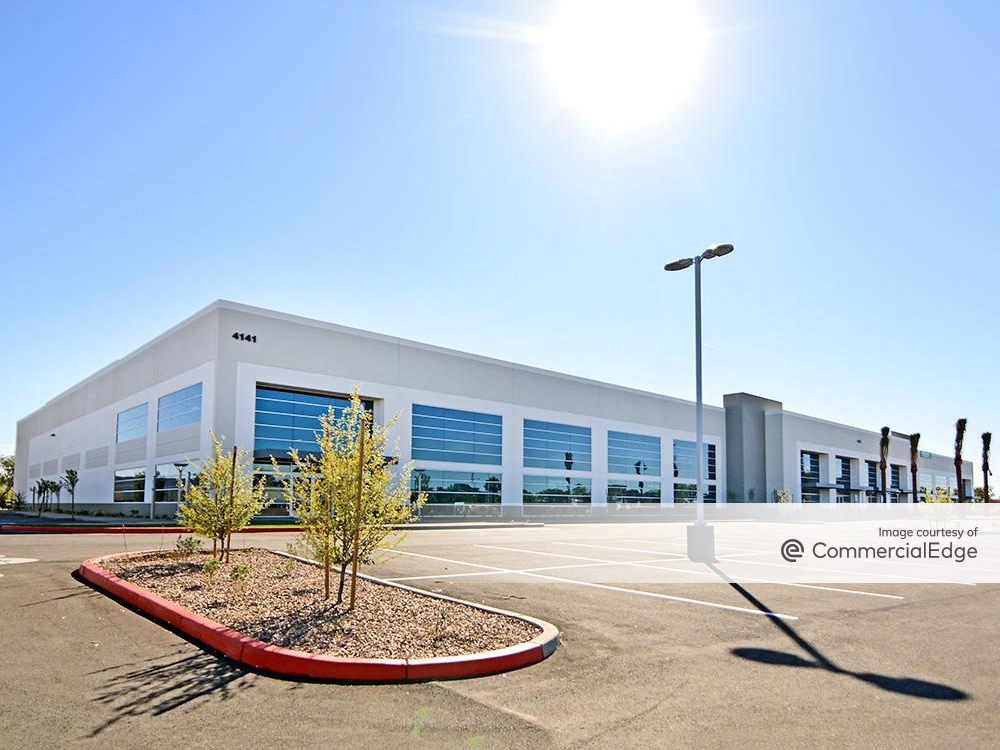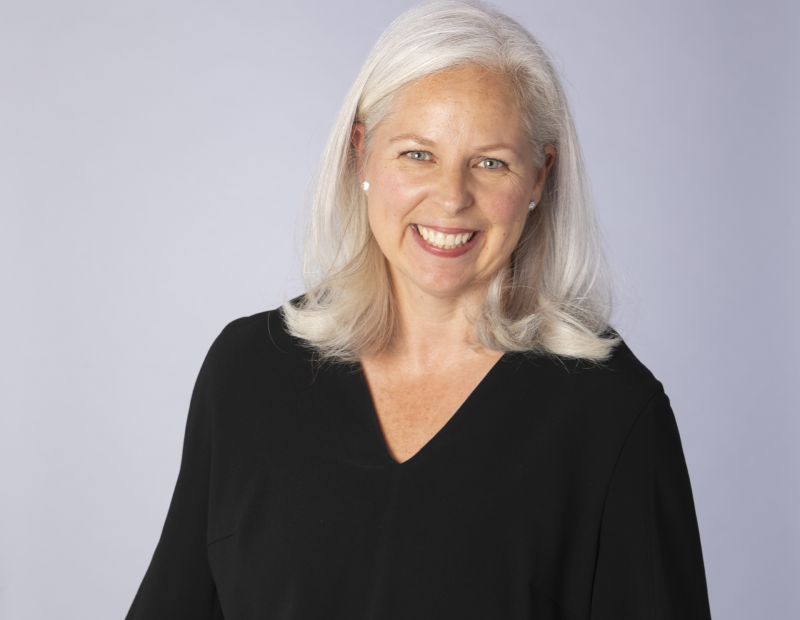Understanding Underwriting: What Mortgage Lenders Look For
A 30-year finance veteran offers insights into mortgage loan underwriting.
By Stephen Sobin, President, Select Commercial Funding LLC
 As a commercial mortgage broker with more than 30 years of experience in lending, I am constantly asked why some loan requests get approved while others are turned down. Those seeking commercial mortgages, apartment building loans, acquisition financing or refinancing need to understand how commercial mortgage lenders value commercial properties and determine cash flow.
As a commercial mortgage broker with more than 30 years of experience in lending, I am constantly asked why some loan requests get approved while others are turned down. Those seeking commercial mortgages, apartment building loans, acquisition financing or refinancing need to understand how commercial mortgage lenders value commercial properties and determine cash flow.
However, underwriting comprises multiple steps and relies on a series of formulas that can be challenging to grasp at first. If you’re new to the process, want to do a deeper dive or just need a refresher, the following brief guide may prove helpful.
Penciling out the pro-forma
First, it’s important to keep in mind that banks and other conventional lenders (as opposed to hard money lenders or bridge lenders) are driven by an investment property’s ability to generate cash flow and generate positive returns on investment. To illustrate this point, let’s look at a hypothetical apartment building with 20 units that rent for $800 per month on average. The pro-forma operating statement might look something like this:
Potential gross income: $16,000/month or $192,000/year
Less: vacancy allowance (say 5%:) $9,600
Effective gross income: $182,400
Less: expenses
Management (say 5%): $9,120
Real estate taxes: $20,000
Insurance (estimated at $300 per unit): $6,000
Repairs and maintenance (estimated at $750 per unit): $15,000
Utilities: $30,000
Miscellaneous expenses (estimated at 2 percent): $3,648
Net income: $98,632
As you see, this property has a net operating income of $98,632 after typical operating expenses. This is the most important number to a commercial mortgage underwriter, as it determines the value of the property and indicates its ability to support the mortgage payment. An investor who purchases this property will earn a return of $98,632 on his investment. So what does this have to do with the property’s value?
Cap rates in a nutshell
The answer to that question brings us to the capitalization rate, better known as the cap rate. In a nutshell, the cap rate is the percentage return that an investor expects to earn on his investment.
A bank CD will have a 1 percent or 2 percent cap rate as bank deposits today pay very little interest. A property owner usually expects to earn a return of 6 percent to 10 percent on an investment, depending on the risk. If an investment generates an 8 percent return, we say that the property has an 8 cap. The net operating income is divided by the cap rate to determine the value of the property.
Going back to our hypothetical 20-unit apartment building, a property that nets $98,632 and yields an 8 percent return has a value of $1,232,900 ($96,632 divided by 0.08 = $1,232,900). If the investor is willing to accept a lesser return of, say, 6 percent, the property is now worth $1,643,867. You’ll notice that the lower the return, the higher the property’s value. To put it another way, the more you pay for a property, the lower the return on investment. If you are buying an apartment building or any other asset, make sure you calculate the net operating income accurately, be knowledgeable about market cap rates, and determine an appropriate selling price before making an offer.
Reckoning the ratios
The next step for a commercial mortgage underwriter is the calculation of the debt service coverage ratio or DSCR. This is the ratio of a property’s net operating income to annual mortgage payments (also called debt service). Notice that in our example above, we did not list mortgage payments as expenses. How much of a mortgage can this property support?
Lenders typically look for a DSCR of at least 1.25. In other words, the NOI divided by the annual mortgage payments should be 1.25 or higher. We could also say that the property’s NOI needs to be at least 25% greater than the payments. Let’s illustrate this point:
As we have determined, this property has an NOI of $98,632. Dividing by 1.25 gives us the maximum annual debt service of $78,906 or $6,576 per month. This means that our proposed mortgage payment must not be greater than $6,576 per month. If we use a 4.50 percent interest rate and a 30-year amortization, we come up with $1,297,741 as the maximum loan amount an underwriter will consider using the DSCR method.
The last calculation is the proposed loan-to-value ratio or LTV. Most investors are familiar with this figure, defined as the loan amount divided by the property’s value. Most commercial mortgage lenders will lend up to 75 percent LTV.
To illustrate with our 20-unit apartment property community, if the asset is appraised for $1,643,867 at a 6 cap, a 75 percent LTV will yield a maximum loan of $1,232,900 ($1,643,867 x 0.75 = $1,232,900). In most cases, the DSCR and LTV methods will generate different maximum loans, and the lower figure will always be used. In this case, the LTV method will produce a loan maximum of $1,232,900, as opposed to the $1,297,741 calculated by the DSCR method.
As you can see, there is no guesswork when it comes to approving commercial mortgage loans. Underwriters employ highly specific formulas to determine net operating income, cash flow, debt service coverage ratios and loan-to-value ratios. Borrowers who understand these calculations and are able to present an accurate summary increase their chances of winning approval for their commercial mortgage loans.
Stephen A. Sobin is the founder & president of Select Commercial Funding LLC, a nationwide commercial mortgage brokerage company, and an industry veteran with more than 30 years of mortgage lending experience. He is also a member of InterCapital Group, a nationwide alliance of commercial mortgage professionals.







You must be logged in to post a comment.